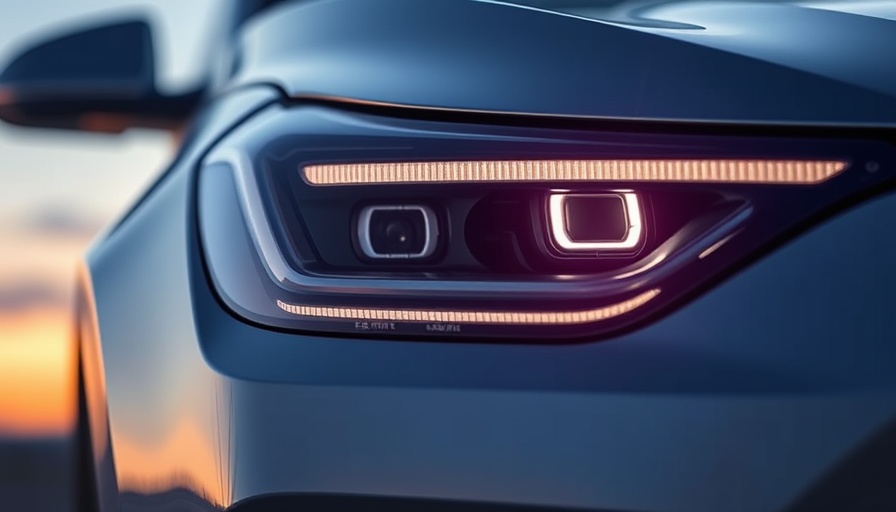
The Shifting Landscape of American-Made Vehicles
In a striking revelation, the latest American-Made Index (AMI) by Cars.com underscores the increasing dominance of electric vehicles (EVs) in the automotive sector. Tesla's grip on the top spots is no coincidence; it reflects a broader trend that is reshaping consumer preferences and industry standards. The fact that Tesla vehicles have held the top positions since joining the AMI five years ago highlights the brand's pivotal role in this transformation. As the Model 3, remarkably, clinches the title of the most American-made vehicle, it's essential to acknowledge that six out of the top ten vehicles on the list are now EVs. This marks a significant shift towards electrification that should not be overlooked.
Understanding the American-Made Index
The AMI evaluates vehicles based on factors such as the location of assembly, the percentage of U.S. and Canadian parts, and the origins of engines and transmissions. This year, it assessed about 400 vehicles from the model year 2025. The growing presence of EVs is illustrated by models like the Kia EV6 and Volkswagen ID.4, which have secured sixth and tenth place, respectively.
A Closer Look at Kia and Volkswagen
The Kia EV6 stands out with a remarkable 80% of its parts coming from the U.S. and Canada, showcasing its commitment to local manufacturing. This statistic not only reflects Kia's strategy of embedding itself into the American market but also highlights a competitive edge that emphasizes growth in domestic production. Similarly, the Volkswagen ID.4 is making waves with its combination of style and sustainable technology, positioning itself well in a market rapidly evolving towards electric mobility.
The Increasing EV Presence: Facts and Figures
Interestingly, the number of qualifying EVs in the AMI has seen a surge: from just eight EVs in the prior year's index to an impressive eleven this year. This increase includes notable names like the Ford F-150 Lightning and Hyundai Ioniq 5, both demonstrating the expanding capabilities of electric vehicles. Furthermore, 19 hybrids and plug-in hybrids have also made the cut. This diversity showcases not just an industry adapting to change but also consumers who are increasingly embracing electrification as the new standard.
The Future of EVs: Challenges Ahead
However, as the momentum builds, potential hurdles loom. Discussions surrounding tariffs, rising prices, and the expiration of federal EV tax incentives create an uncertain future for this burgeoning segment. With legislators considering such tax and budgetary changes, it raises questions about the sustainability of this electric boom. Will the enthusiasm around EVs be dampened by market pressures, or will manufacturers innovate their way forward?
Consumer Insights: The Local Impact
The implications of this shift extend beyond manufacturers. More and more, consumers in the U.S. are showing a preference for vehicles that are not only made locally but also contribute to a more sustainable environment. An AMI that emphasizes American-made products resonates deeply with buyers who prioritize both domestic manufacturing and ecological responsibility.
Conclusion and a Call to Action
As we navigate this exciting phase in the automotive industry, it is vital for consumers to stay informed about emerging trends in electric vehicles. Engaging with articles, attending expos, or following the latest updates from key tech news sites can keep everyone adept at making informed choices. As manufacturers pivot to embrace electrification, so too should consumers adapt, making conscious decisions that align with future trends. Stay tuned, as the journey towards a sustainable automotive future is just beginning.
 Add Row
Add Row  Add
Add 



Write A Comment